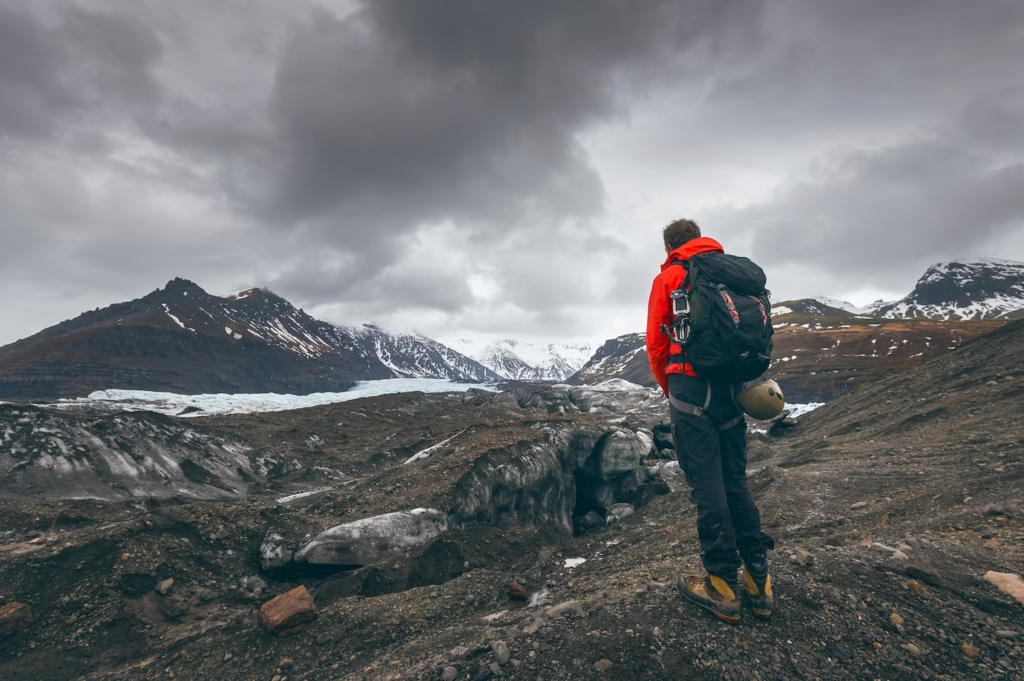Solo mountain climbing can be an exhilarating and challenging experience, offering a chance to connect with nature, push personal limits, and achieve new heights. However, it can also be risky, and proper preparation and caution are essential. In this article, we’ll explore the best things you can do on a solo mountain climb to ensure a safe, enjoyable, and rewarding experience.

Plan and Prepare
Before embarking on a solo mountain climb, it’s crucial to plan and prepare thoroughly. Research the trail or route, check the weather forecast, and create a detailed itinerary. Make sure to inform someone of your plans, including your expected route, destination, and return time, and carry a map, compass, and GPS device. Additionally, bring adequate supplies, including food, water, and first aid kit.
Stay Safe and Alert
When climbing solo, it’s essential to stay safe and alert at all times. Pay attention to your surroundings, watch for signs of changing weather, and be aware of potential hazards such as rockfalls or wildlife. Take regular breaks and rest when needed, and avoid pushing yourself beyond your limits. Remember, the goal is to enjoy the climb, not to put yourself in danger.
Take Time to Enjoy the Scenery
One of the best things about solo mountain climbing is the opportunity to connect with nature and take in the breathtaking scenery. Take time to appreciate the natural beauty around you, whether it’s the panoramic views from the summit or the tranquil streams and forests along the way. Remember to bring a camera to capture the memories and share them with others.
Challenge Yourself
Solo mountain climbing can also be an opportunity to challenge yourself physically and mentally. Set realistic goals and work towards achieving them, whether it’s reaching a particular peak or completing a difficult section of the trail. However, remember to listen to your body and avoid pushing yourself too hard.
Stay Positive and Motivated
Mountain climbing, especially solo, can be mentally and physically challenging. It’s essential to stay positive and motivated throughout the climb. Take breaks when needed, reflect on your progress, and celebrate small victories along the way. Additionally, use positive self-talk and visualization techniques to maintain a can-do attitude and overcome obstacles.
Practice Leave No Trace Principles
When climbing solo, it’s essential to minimize your impact on the environment and practice Leave No Trace principles. These principles include packing out all trash and waste, staying on designated trails, and avoiding disturbing wildlife or plant life. By practicing Leave No Trace, you can help preserve the natural beauty of the mountain and leave a positive impact on the environment.
Embrace the Solitude
Solo mountain climbing can also be an opportunity to embrace solitude and connect with oneself. Take time to reflect on your thoughts, goals, and personal journey, and appreciate the quiet moments on the trail. Additionally, use the time alone to disconnect from technology and distractions and focus on the present moment.
Conclusion
Solo mountain climbing can be a thrilling and rewarding experience, but it’s crucial to plan, prepare, and stay safe. By following these best practices, you can enjoy the natural beauty, challenge yourself, and connect with oneself while minimizing your impact on the environment. Whether it’s conquering a new peak or taking in the breathtaking views, solo mountain climbing offers a chance to experience the world in a unique and unforgettable way.